Archives
- 2025-12
- 2025-11
- 2025-10
- 2025-09
- 2025-03
- 2025-02
- 2025-01
- 2024-12
- 2024-11
- 2024-10
- 2024-09
- 2024-08
- 2024-07
- 2024-06
- 2024-05
- 2024-04
- 2024-03
- 2024-02
- 2024-01
- 2023-12
- 2023-11
- 2023-10
- 2023-09
- 2023-08
- 2023-07
- 2023-06
- 2023-05
- 2023-04
- 2023-03
- 2023-02
- 2023-01
- 2022-12
- 2022-11
- 2022-10
- 2022-09
- 2022-08
- 2022-07
- 2022-06
- 2022-05
- 2022-04
- 2022-03
- 2022-02
- 2022-01
- 2021-12
- 2021-11
- 2021-10
- 2021-09
- 2021-08
- 2021-07
- 2021-06
- 2021-05
- 2021-04
- 2021-03
- 2021-02
- 2021-01
- 2020-12
- 2020-11
- 2020-10
- 2020-09
- 2020-08
- 2020-07
- 2020-06
- 2020-05
- 2020-04
- 2020-03
- 2020-02
- 2020-01
- 2019-12
- 2019-11
- 2019-10
- 2019-09
- 2019-08
- 2019-07
- 2019-06
- 2019-05
- 2019-04
- 2018-07
-
There are several basic science studies that aim to
2021-09-24
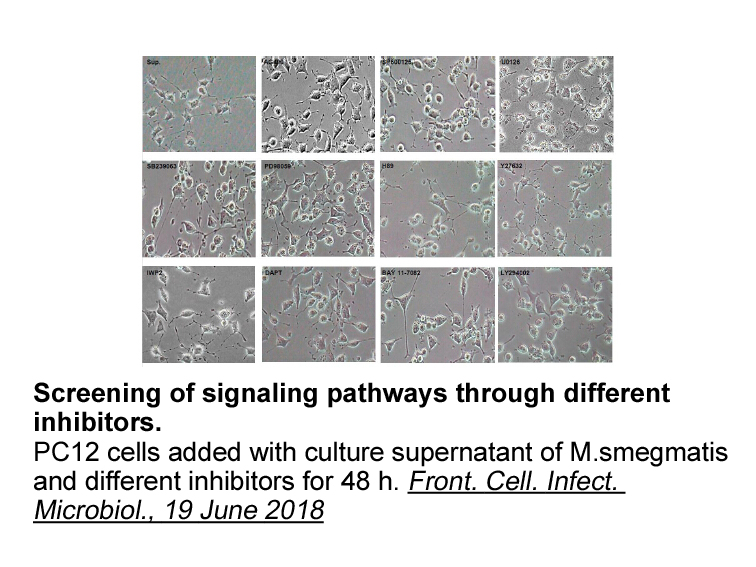
There are several basic science studies that aim to investigate potential mechanisms behind the reduced incidence of MI in factor Xa inhibitor treated patients. Perzborn et al. reported that in-vitro addition of rivaroxaban reduced tissue-factor induced platelet aggregation (Perzborn, Heitmeier, & L
-
br Materials and methods br Results
2021-09-23
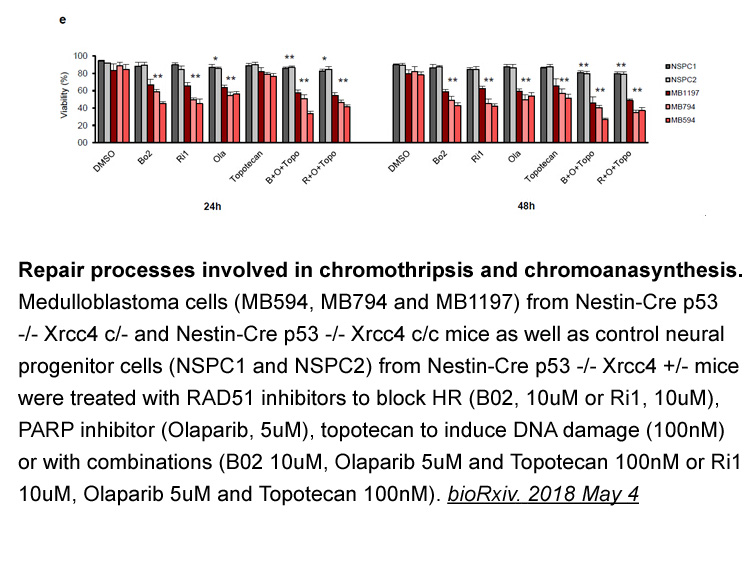
Materials and methods Results Discussion Genetic analyses conducted here were based on specific features of PhyChem indexes for nt dimers extracted to generate a numerical sequence representation, which was used to build models for distinguishing HVR1 variants between CIP and MIP. This data
-
br Amino acid usage in
2021-09-23
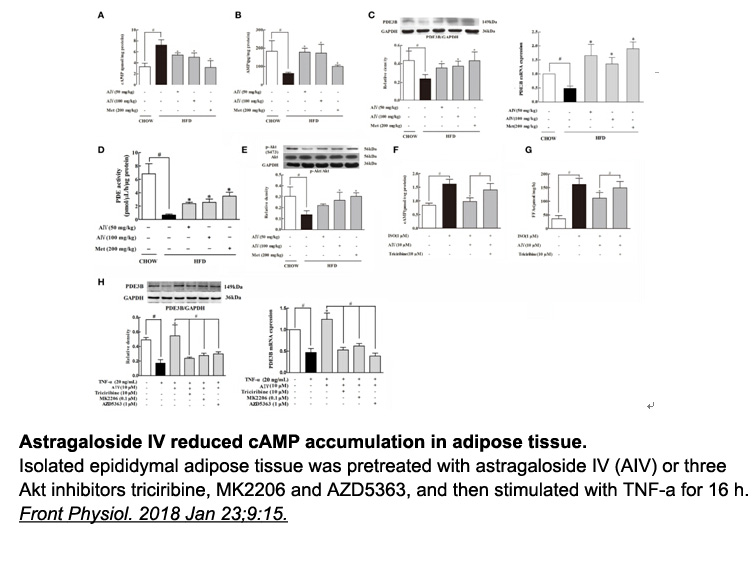
Amino Melanocyte stimulating hormone release inhibiting factor mg usage in cancer Perspective High glucose consumption is a common feature of several types of tumor cells. Therefore, so far, in vivo positron emission tomography (PET) imaging with the glucose analog 18F-fluorodeoxyglucose (18F-
-
Z-IETD-FMK SAR around amino derivative revealed a number
2021-09-23
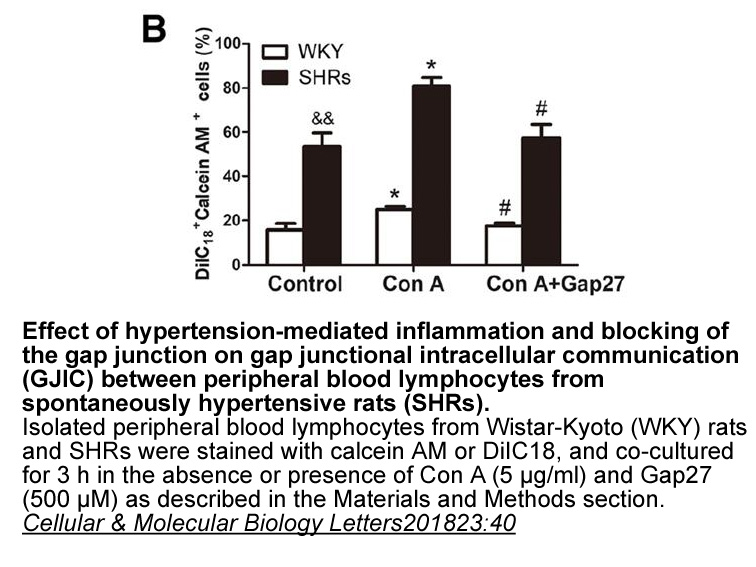
SAR around amino-derivative revealed a number of interesting trends related to the serum shift and in vitro activity (). A comparison of derivative , and its epimer , showed that the stereochemistry had little effect on the serum shift and the intrinsic affinity for the receptor. In contrast, re-p
-
One clue to how evolution has solved
2021-09-23

One clue to how evolution has solved such spatiotemporal challenges comes from studies revealing that lymph node (LN) organization is more complex than originally presumed, suggesting that steady-state microanatomical features are crucial for effective immune responses (reviewed by Qi et al., 2014).
-
To test our refinement protocol we considered
2021-09-23
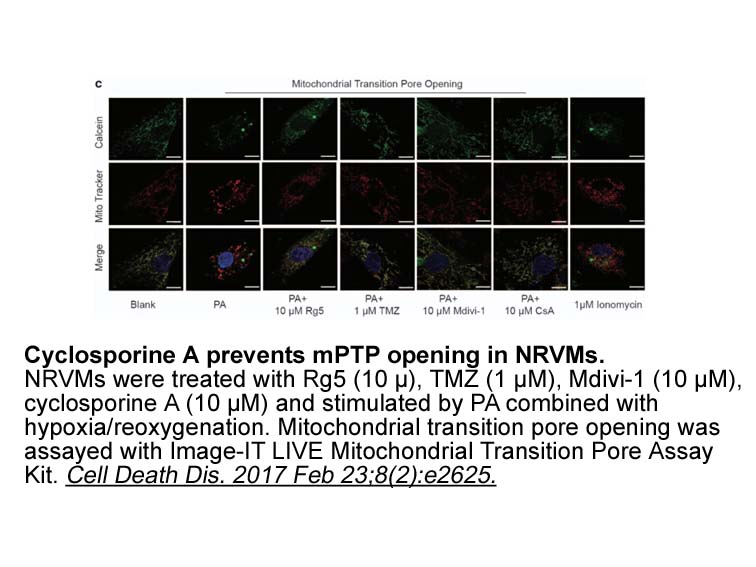
To test our refinement protocol, we considered a benchmark set of 12 N-linked glycan-containing protein structures determined by X-ray crystallography at resolutions ranging between 1.9 Å and 3.5 Å and comprising a total of 133 glycan units. We identified four incorrect anomeric configurations and 2
-
Quinupristin-Dalfopristin Complex mesylate br Conclusion br
2021-09-23
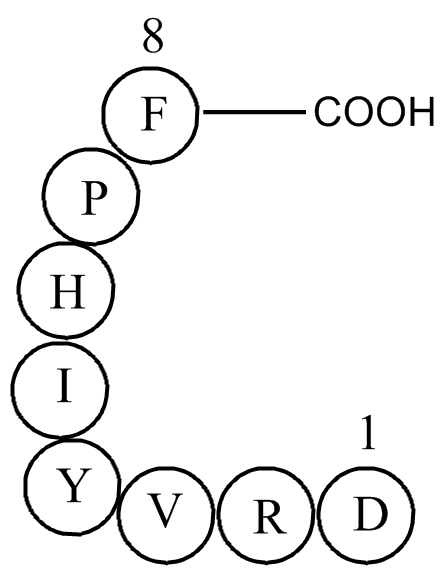
Conclusion Experimental procedures Introduction The glycine receptor (GlyR) is a member of the Cys-loop family of ligand-gated ion channels. It is the primary inhibitory receptor in the brainstem and spinal cord but also plays important roles in higher Quinupristin-Dalfopristin Complex mesy
-
This data is in accordance
2021-09-23
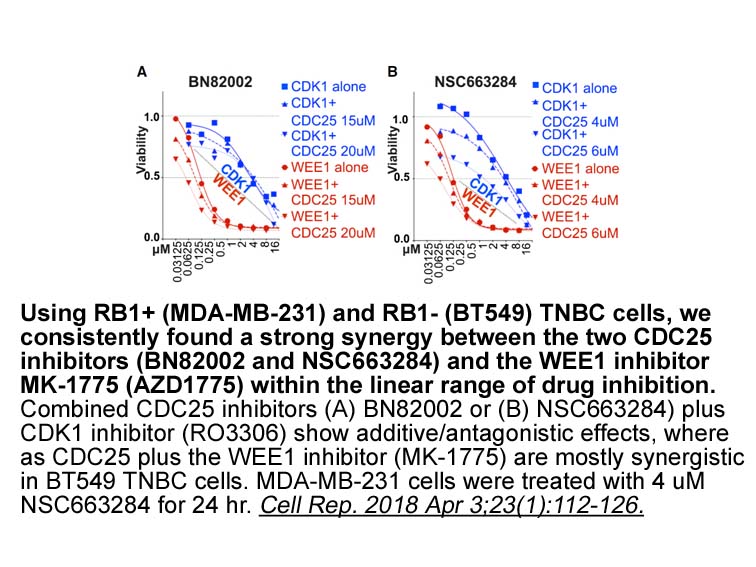
This data is in accordance with our recent results on the influence of cholesterol-depleting agent methyl-β-cyclodextrin on platelets (Borisova et al., 2011a). Dissipation of the proton electrochemical gradient of secretory granules by methyl-β-cyclodextrin did not evoke the release of endogenous gl
-
cAMP is a key secondary messenger which transduces extracell
2021-09-23
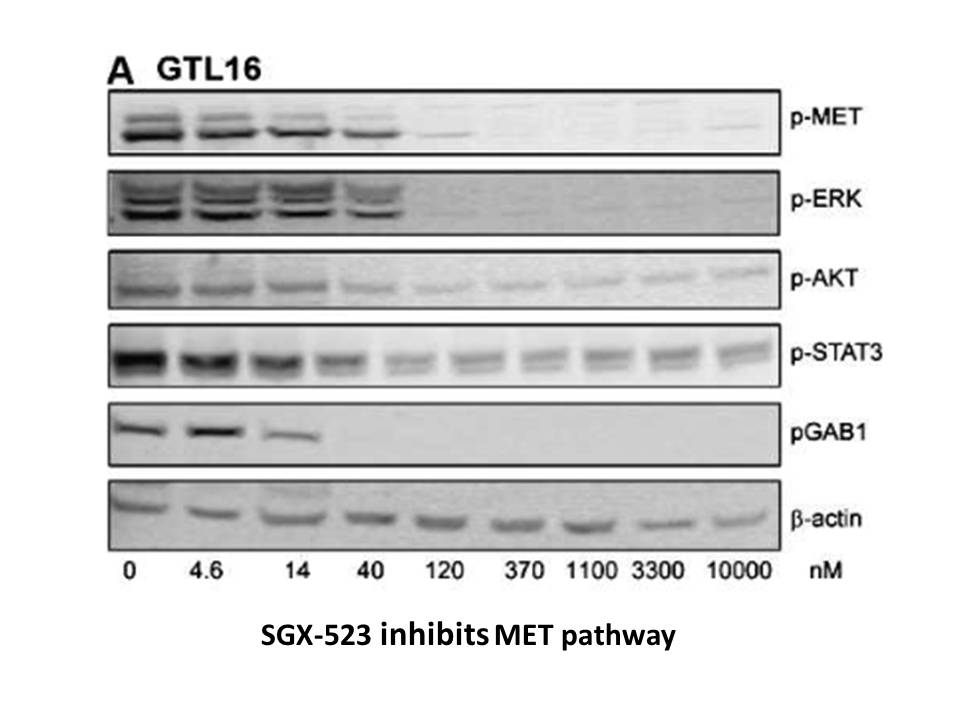
cAMP is a key secondary messenger which transduces extracellular signals at glucagon receptors to intracellular effector molecules. cAMP-protein kinase A (PKA) pathway increases the gene expression of enzymes including phosphoenolpyruvate carboxykinase (PEPCK) and glucose 6-phosphatase (G6Pase) whic
-
Nimodipine synthesis Although GLP has greater insulin
2021-09-23
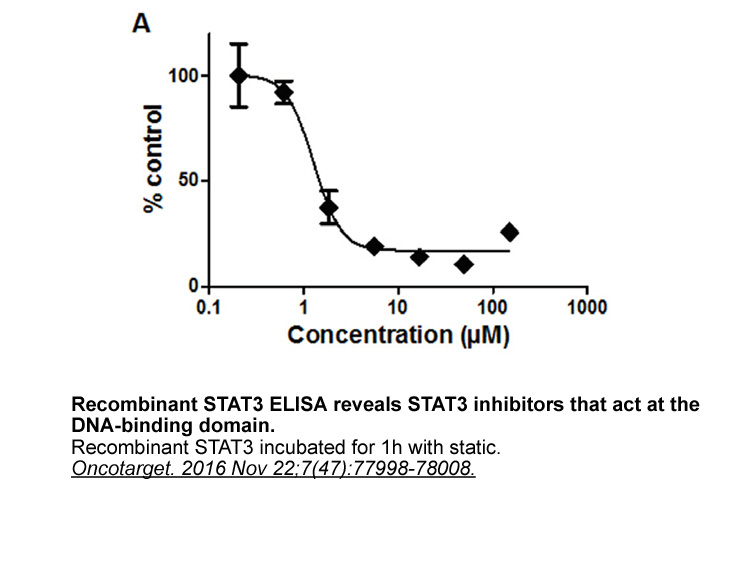
Although GLP-1 has greater insulin-releasing effects at pharmacological concentrations [10], it is apparent that the higher circulating concentrations of GIP combined with more pronounced increase in secretion following feeding make GIP the major physiological incretin [7], [11]. The peptide exerts
-
Studies have shown that coexpression of the
2021-09-23
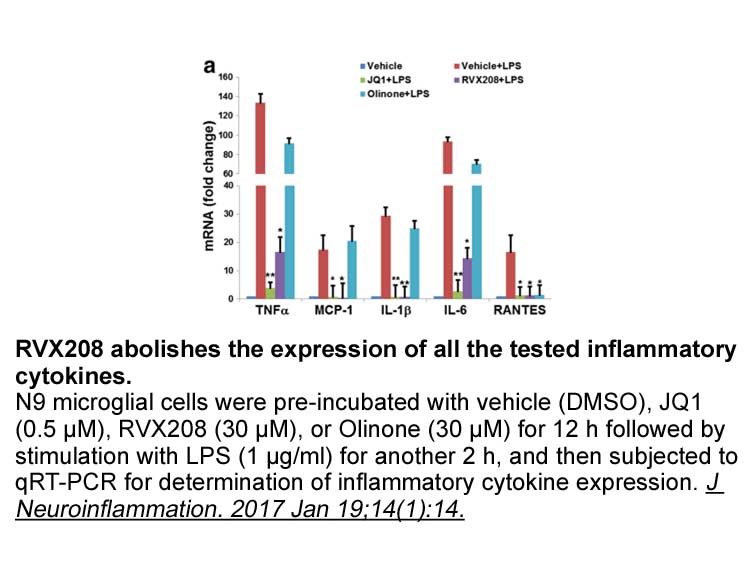
Studies have shown that coexpression of the HAC1 gene in P. pastoris improved the ABT-199 level of foreign proteins [24,25]. By coexpression with PDI and Ero1, the expression level of the coexpressed strains was increased by 60% [26]. In our study, the α-galactosidase gene was coexpressed with four
-
EZH interaction with HADC and HDAC through the EED subunit
2021-09-22

EZH2 interaction with HADC1 and HDAC2 through the EED subunit is known to recruit histone deacetylases [113,114]. Given that PRC2-mediated repression of transcription may be partly dependent on the function of HDACs in specific cell contexts [115], the leukemia cell treatment with hydroxamic directo
-
Theoretically the majority of resistance mechanisms
2021-09-22

Theoretically, the majority of resistance mechanisms identified so far could be targeted by compounds that are already available, such as inhibitors of ER, PIK3CA/mTOR or FGFR1. However, the potential therapeutic advantage of combining these agents with standard HER2-targeting treatments must be wei
-
Heavy alcohol consumption reported by
2021-09-22
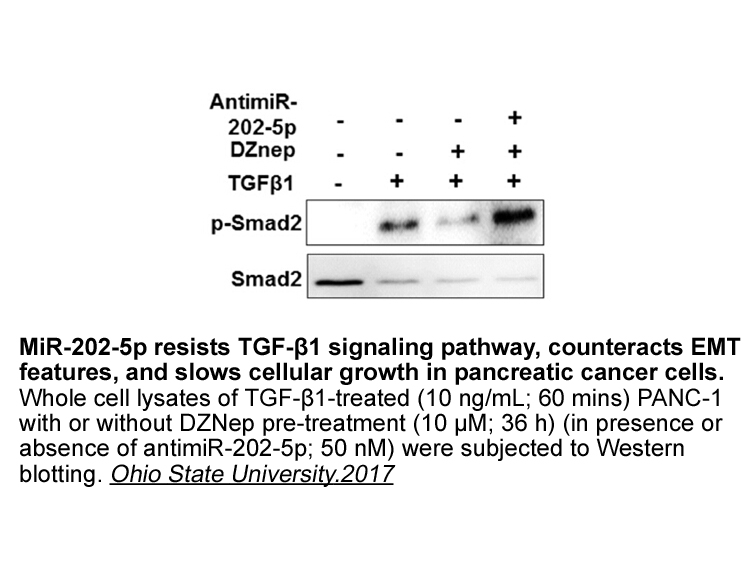
Heavy alcohol consumption, reported by three of five referred patients with chronic HCV infection and cirrhosis, is a risk factor for cirrhosis in p.C282Y homozygotes [19], [47] and adults with chronic HCV infection [48]. Although none of the present referred patients were diagnosed to have porphyri
-
A nitric oxide donor glyceryl trinitrite and the
2021-09-22
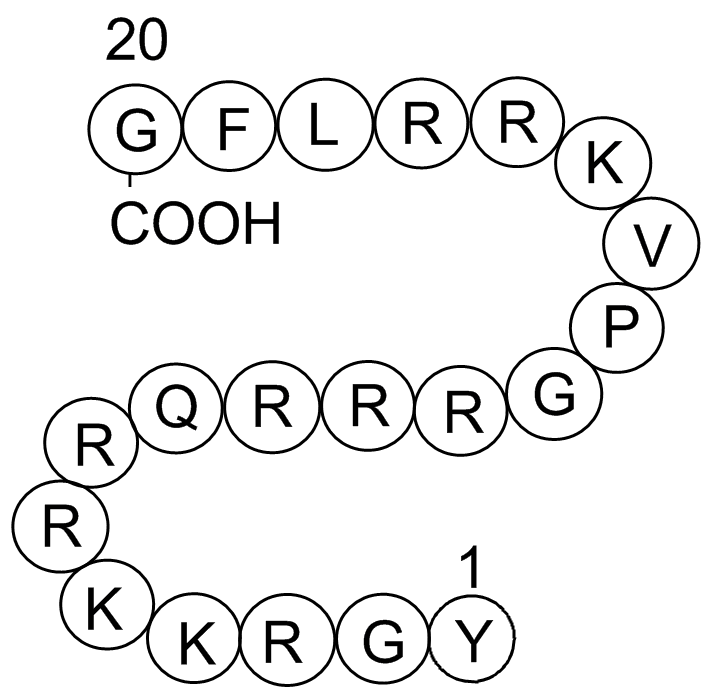
A nitric oxide donor, glyceryl-trinitrite, and the substrate for nitric oxide, l-arginine, have been used to treat preterm labor. However, these studies are preliminary. The beneficial effect of nitric oxide donors needs to be confirmed by more controlled studies. The probable pitfall of using nitri
16094 records 600/1073 page Previous Next First page 上5页 596597598599600 下5页 Last page